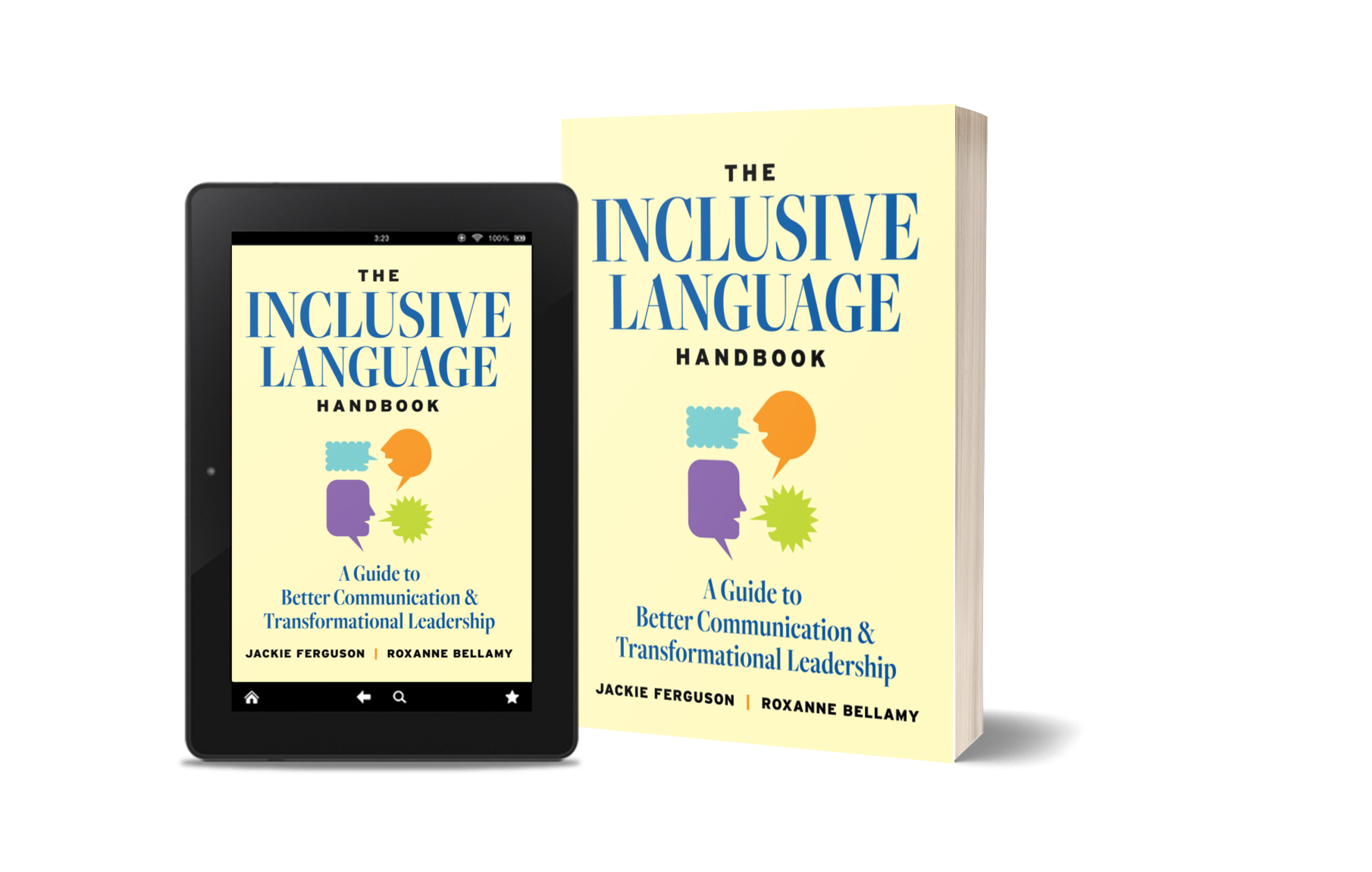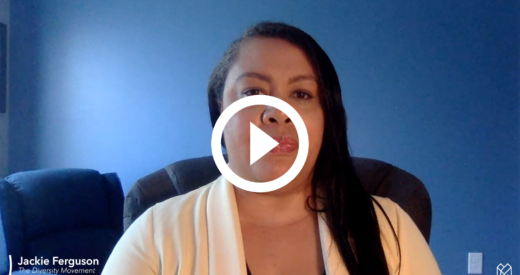Some general rules of inclusive language include:
People-first language
Use people-first language (i.e. person with a disability vs. disabled or person of color vs. colored) unless the person indicates another preference.
gender inclusive pronouns
Never assume a person’s gender identity based on their name or their appearance – if you don’t know, use gender inclusive pronouns or ask for their pronouns
everyone vs. ladies & gentlemen
Use gender inclusive language when speaking in generalities or about groups of people that you do not know the individual pronouns of (i.e. everyone vs. ladies and gentlemen and they/them/theirs vs. he/him/his and she/her/hers).
Microlearning
Learn more about inclusive language with our series of short microvideos.
Start Learning
As of May 2022, this paper has been removed and replaced by our comprehensive manual on the topic, The Inclusive Language Handbook: A Guide to Better Communication and Transformational Leadership.
Get the Book





